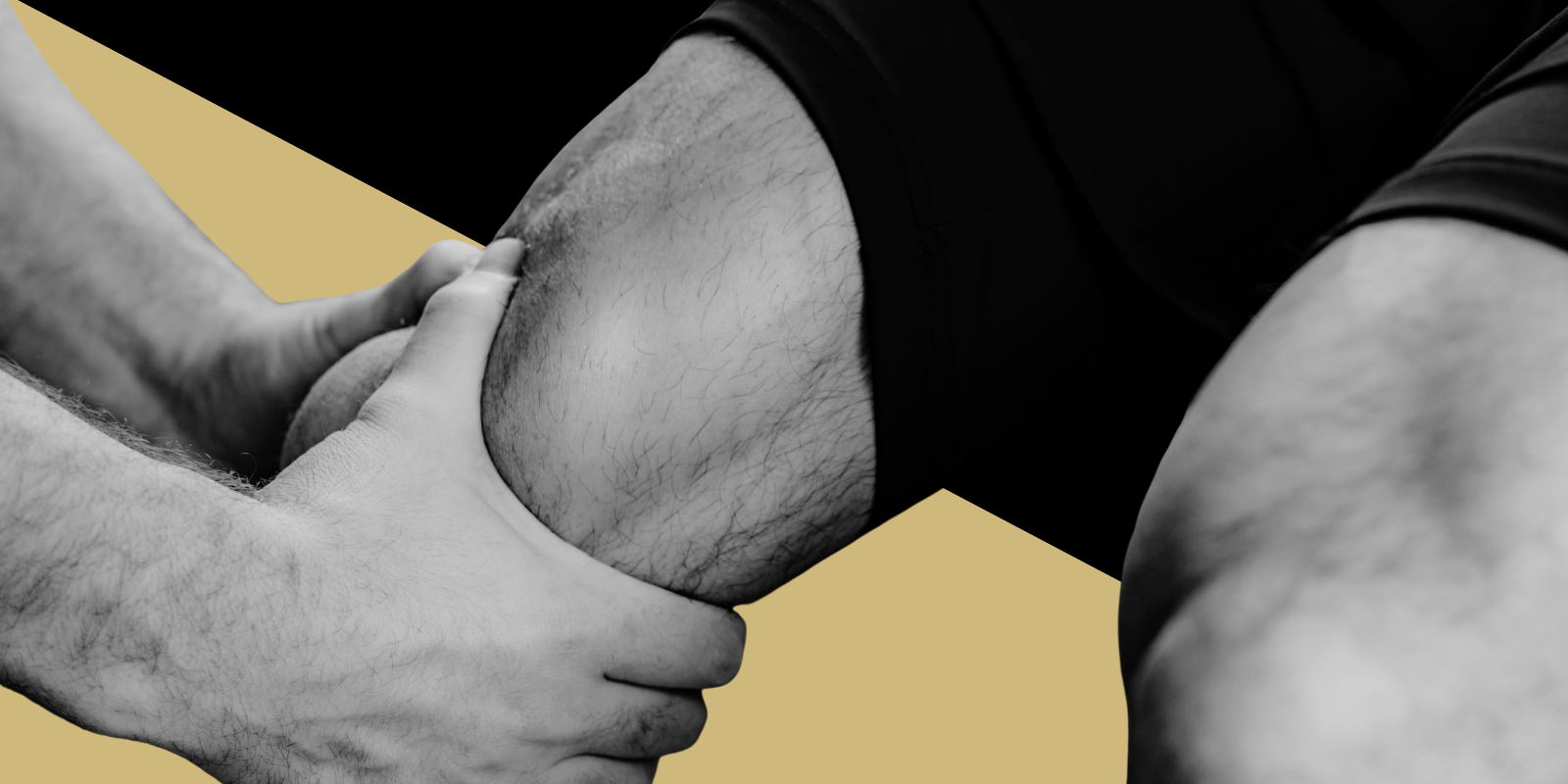Of all the unexpected consequences of the COVID-19 pandemic, one that parents of children who are deaf or hard of hearing didn’t plan for was hearing aids getting tossed in the dog’s water dish.
It happens sometimes and normally it would mean a trip to the audiologist’s office for a replacement. But during the pandemic, supply chains were interrupted and some companies couldn’t get ear molds for the hearing aids, so replacements were scarce. Plus, many audiology offices closed, either temporarily or more long-term. And many parents struggled to find time and resources as they balanced work and increased stress at home.
It normal times it may not seem like a big thing, but Christina Studts, PhD, associate professor of pediatrics and investigator at ACCORDS, found that the pandemic magnified so much for a population that is often under-studied or excluded from studies altogether: children who are deaf or hard of hearing and their families.
Her mixed-methods research into how COVID-19 affects these children and their families yielded insights demonstrating how the pandemic added levels of stress beyond what the wider, typical-hearing population experienced. From getting hearing aid batteries replaced to the challenges of telehealth, “it’s been an overload for a lot of families,” Studts says.
Pivoting research to focus on COVID-19 impacts
Studts, whose research addresses lack of access to evidence-based parenting interventions, began working with children who are deaf or hard of hearing and their families more than six years ago, while a faculty member at the University of Kentucky.
“This population is usually excluded from most studies on parenting because if a child is deaf or hard of hearing, they’re considered part of a different population,” she explains.
She and a colleague who is an ear, nose, and throat surgeon began researching this population, “and one of the very first things we did was to put together a community advisory board,” she says. “We have about 15 different stakeholders who are parents, audiologists, speech language pathologists, educators, people who work in the state office for early hearing detection and intervention.”
With guidance from the community advisory board, Studts began researching child and parent behaviors in families with deaf or hard of hearing preschoolers. In 2018 she received a five-year R01 grant from the National Institute on Deafness and Other Communication Disorders (NIDCD) to adapt and test a behavioral parent training intervention for this population. She continued her Kentucky-based research after coming to the CU School of Medicine.
However, by April 2020 it became clear that because of the pandemic, the study would need to pause or pivot. During a virtual meeting with the community advisory board to say as much, Studts says significant concerns about access to hearing health care began to emerge.
“Especially for young kids, if they’re not having access to language they’re going to slow down in development,” she says. “About a month into the pandemic, our community advisory board members were talking about audiology offices that were completely closed down, kids were losing their hearing aids or the batteries were dying and parents didn’t have access to more batteries because they usually got them at school.
“They had a lot of stories, and a lot of fear that these kids were going to fall between the cracks. We were just really concerned about them, and we decided what we could do is pivot our whole team and ask a different question,” Studts says.
She submitted a supplemental application to the NIDCD to put the main study on hold and begin studying the pandemic’s impacts on these children and their families, a request that was approved and enthusiastically supported.
Dealing with interruption in hearing health services
Instead of focusing on preschool-age children, the pandemic-related research expanded to include Kentucky children ages 0 to 17, whose families have chosen to access hearing health care such as hearing aids, cochlear implants and speech and language therapy. It included an online survey that yielded 132 responses from parents, and 30 follow-up interviews with parents representing a wide geographic, economic, racial and social spectrum.
A common thread through their research findings was how service interruption had affected both children and parents.
“When the schools closed, that put a big strain on a lot of families because a lot of children access speech and language therapy at school,” Studts says. “Early intervention is really important for kids who are deaf or hard of hearing, and it’s really stressful for parents if their children don’t have access.”
Many of the parents surveyed also expressed concern about their children’s hearing devices, especially parents of younger children who assume most of the responsibility for ensuring their children wear them.
“A lot of parents rely on the audiologist or educators to help with knowing when (the hearing aid) isn’t working, or if there’s a problem, how to fix it,” Studts says. “Some parents were confronted with not being able to troubleshoot, and even though some audiologists did send out information sheets or have telehealth meetings, some parents reported that their child just wasn’t wearing their hearing aids right now—even up to a year into the pandemic.”
Using families’ experiences to guide policy
For children who are deaf or heard of hearing and their families, the pandemic spotlighted and magnified the social determinants of health that already shaped their lives. Issues of transportation, internet access, living conditions, insurance coverage, and other determinants significantly impacted families’ abilities to access hearing health care, Studts says.
While some of the parents who were interviewed reported no trouble in accessing services, that often correlated with socio-economic status and educational attainment. It was more common to hear parents express some degree of stress and frustration with accessing services for their children.
“Something like a third of parents we surveyed accessed telehealth for speech and language therapy, but delivering speech and language therapy online to a 4-year-old is very challenging,” Studts says. “Some families weren’t certain how well their devices were working, or they had limited access to technological features, and those challenges were in addition to attention issues for the children.”
As an implementation scientist, Studts says her goal is that the data gathered from this research will be disseminated to stakeholders in every facet of hearing health care, to guide future policy so that it creates resources and safety nets in case of future interruption of services. The research team is currently interviewing service providers and administrators in hearing health care to add professionals’ perspectives to the lessons learned so far.
“One of the most valuable things we’ve gotten out of this were stories from parents, because often those speak to policy makers more than data,” Studts says. “Not just stories of parents who felt like giving up because it was so hard to access services, but also stories of educators who came to people’s homes and stood outside the window to interact with the children, and audiologists who met with families curbside to trouble-shoot problems with devices.
“There are things that individuals did to make sure no children fell through the cracks, and those are the stories we hope to give to policy makers,” Studts says.




